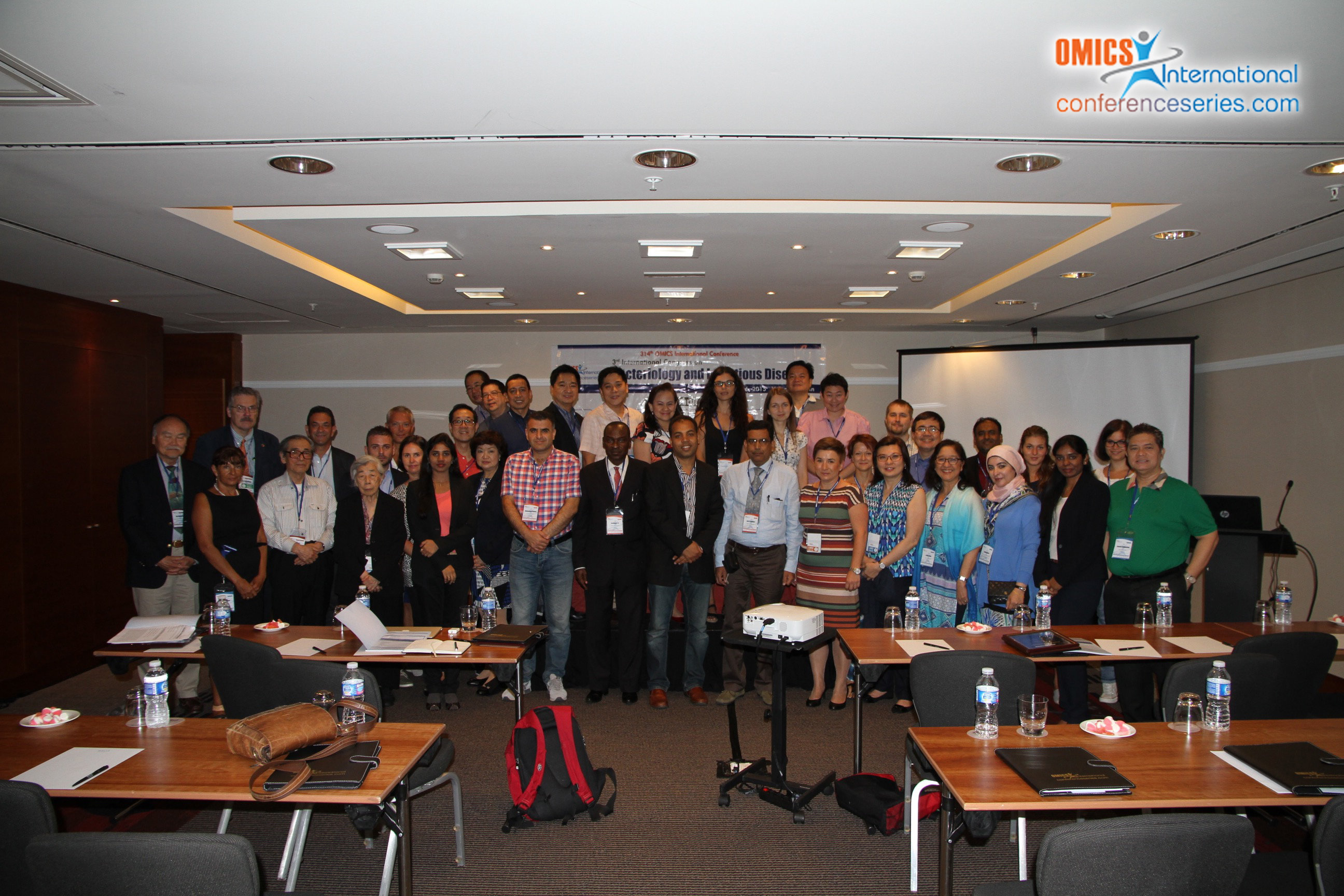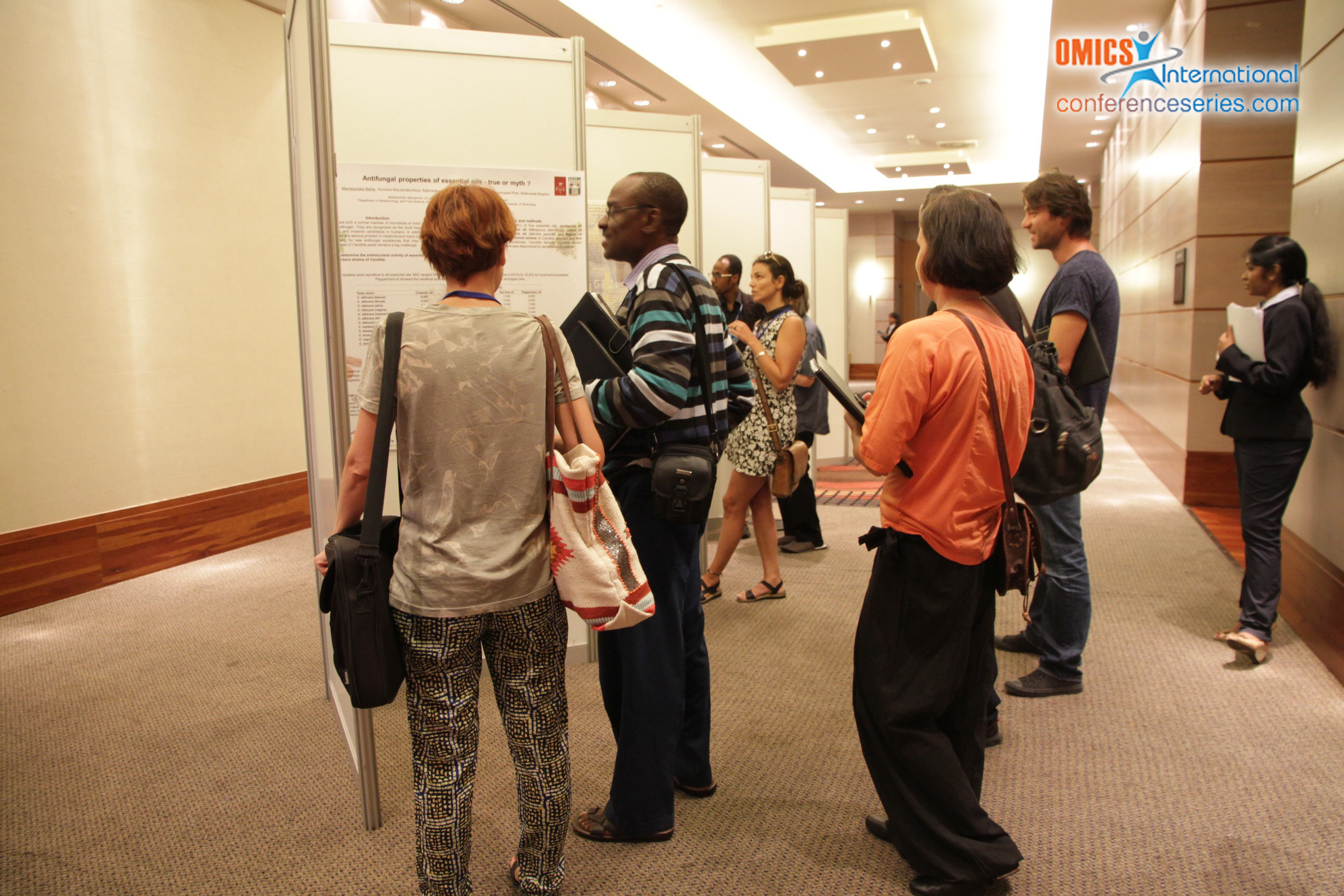
János Tamás Padra
University of Gothenburg, Sweden
Title: Aeromonas salmonicida proliferation and quorum sensing in response to mucins isolated from Atlantic salmon skin and intestine
Biography
Biography: János Tamás Padra
Abstract
Aquaculture is a growing industry increasing the need for understanding host-pathogen interactions in fish. The skin and mucosal surfaces, covered by a mucus layer, is the first point of contact between fish and pathogens. However, knowledge on fish mucin-pathogen interactions is limited. A. salmonicida, the causative agent of furunculosis, is a major infectious threat to aquaculture. We previously demonstrated that the binding of A. salmonicida to Atlantic salmon mucins differ between body sites and is dependent on the presence of the sialic acid: N-acetylneuraminic acid on mucins. Here, we cultured A. salmonicida in the presence of mucins purified from skin, pyloric caeca, proximal and distal intestine from five healthy Atlantic salmons, and analyzed growth rate and bacterial communication through quorum sensing molecules. Intestinal mucins enhanced A. salmonicida growth, whereas skin mucins had no effect. The increase in growth was positively affected by longer glycan chains of mucins and higher ratio of sialic acid. Enzymatic desialylation of mucins enhanced proliferation further. Mucins from all sites decreased the production of autoinducer-II (AI-II) signal molecules. Desialylation organ specifically altered the level of AI-II molecules produced by A. salmonicida. Thus, it appears that although mucins of the intestinal tract stimulated A. salmonicida growth, presumably reflecting that the pathogen senses the right target niche, the sialylated mucin glycans seem to act as a defense mechanism and limit the growth response. Mucin inhibition of QS may be an additional host defense mechanism influenced by the level of sialylation on salmon mucins.
Speaker Presentations
Speaker PDFs
Speaker PPTs Click Here





